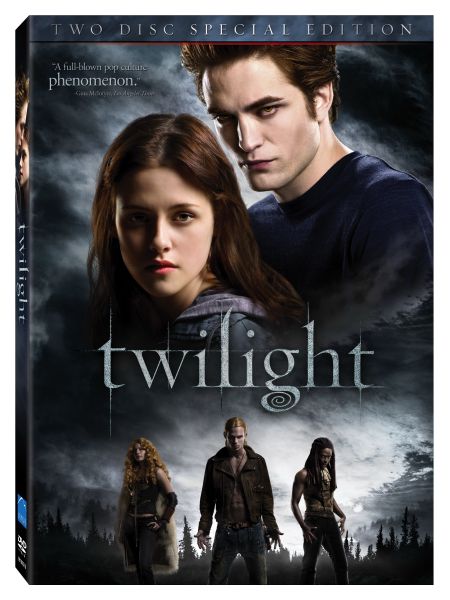Urban Stories – Power, Poverty and Conflict

It is important to remember that when watching these films you bring your own awareness of the world to the ‘filmic’ experience. You ultimately use your way of seeing the world (your ideology) and your understanding of the world to help you ‘read’ these films.
Complications of studying these films:
1. They are set within different cultures and social contexts
2. We are attempting to understand the film from a different positioning. For example, in La Haine, a different ethnic background, City of God, a male perspective
3. They are in different languages and are sub- titled
How can you be successful?In order to understand the film from a different viewpoint; we are able to identify similarities between our own direct experience of the world and the character’s experience e.g. the idea of pain, anger, jealously, infatuation. Secondly, we reflect on the experience of others we know and thirdly, we draw on our ‘mediated’ view of the world. Key to understanding these films are an understanding of their accurate historical, cultural, social and political background.
CultureIt is important to consider the cultures we are presented with. ‘Youth Culture of the suburbs of Paris in the 1980s’ in relation to La Haine and ‘Gang Culture in the slums of Rio de Janeiro’ in relation to City of God. It may be worth exploring the words ‘subcultures’ and ‘countercultures’ and considering whether either could be attached to the films? The text provides helpful explanations of these terms.
Power in both Films
Key questions that you must feel confident with in relation to both films:
Who has power?
Who is weakened because of that power?
Is it economic power (wealth/business)?
Political power (the ability to make laws/ govern)?
Ideological power (control over education and the mass media)?
Social power?
Remember that relationships of power can and do exist within all social organisations and social groups: the family, street gangs, the police and between friends.
What we have covered so far in order to develop confidence with the exam:
1. Consideration as to power, poverty and conflict in the city
2. Definitions of urban, stories, power, poverty and conflict
3. Background information into the ‘Les Banlieues’ or ‘projects’
4. Discussing and watching News from a Private War (this is definitely worth watching several times)
5. A focus on the characters in both films (mind maps and individual ppts/blog entries)
6. Stylistic features and micro features (camera work, use of colour/clock, music and mise- en-scene – La Haine)
7. Messages and values – particularly violence, style over substance? (C of G), racism and the police’s role, La Haine
8. Detailed exploration of scenes from both films
9. Exploration of chapters from film guides
What can you do to prepare for the mock?
1. Re-watch both films and News from a Private War - essential!!
2. Read over the chapters shared in class and your class notes
3. Use the text book chapter to help you; especially the blue box case studies on the ‘Social, Historical and Political Contexts’
4. Consider the similarities and difference between the films
Topics to revise:
· Social, historical and political context of both films
· Key scenes in both films – how are they similar and dissimilar
· Messages and values of both films
· Characters and how they reveal youth culture to the audience – consider the micro and macro ways of doing this
We will have Monday and Tuesday next week – so we can go through any problems then.
Good Luck!
Don't forget Screenplay deadline is this Thursday - I need 1800 words from you all. Well done with the progress you have made so far.











